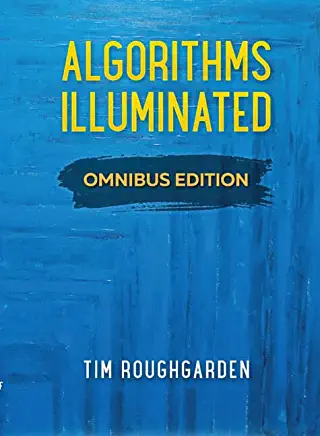Developing RESTful Services Using Java Version 2.0 Training in Cranston
|
We offer private customized training for groups of 3 or more attendees.
|
||
Course Description |
||
| This course shows experienced Java programmers how to build RESTful web
services using the Java API for RESTful Web Services, or JAX-RS. We
develop a clear sense of the key concepts of REST -- ultimately the
thorough and thoughtful use of URLs, HTTP methods, and media types to
design and implement scalable and maintainable enterprise services. Then
we dive into the elegant JAX-RS standard for building RESTful services,
learning how to manage URLs and URL patterns and methods, how to bind
input and control response production, and how to manage HTTP entities
in popular content types such as XML and JSON. From here students
investigate intermediate features including dependency injection, error
handling, and JSR-303 validation, and use Java generics to implement
patterns for common operations over an application's domain classes. We
explore the JAX-RS client API, and filters and interceptors, before
closing with a summary chapter on REST security that includes
implementations of HTTP BASIC security and HMAC signatures.
Course Length: 5 Days
Course Tuition: $2250 (US) |
||
Prerequisites |
|
| Strong Java programming skills are essential. Experience with other Java EE standards, especially servlets and JSP, will be very helpful in class, but is not strictly required. | |
Course Outline |
Chapter 1. Overview of REST and JAX-RS
Chapter 2. Configuration and Lifecycle
Chapter 3. Dispatching Requests
Chapter 4. Handling Requests
Chapter 5. Producing Responses
Chapter 6. Entity Translation
Chapter 7. Working with XML and JSON
Chapter 8. Dependency Injection
Chapter 9. Validation and Error Handling
Chapter 10. Generic Services
Chapter 11. Working with Databases
Chapter 12. The Client API
Chapter 13. Filters and Interceptors
Chapter 14. Security
Chapter 15. The Java API for XML Binding
|
Course Directory [training on all levels]
- .NET Classes
- Agile/Scrum Classes
- AI Classes
- Ajax Classes
- Android and iPhone Programming Classes
- Azure Classes
- Blaze Advisor Classes
- C Programming Classes
- C# Programming Classes
- C++ Programming Classes
- Cisco Classes
- Cloud Classes
- CompTIA Classes
- Crystal Reports Classes
- Data Classes
- Design Patterns Classes
- DevOps Classes
- Foundations of Web Design & Web Authoring Classes
- Git, Jira, Wicket, Gradle, Tableau Classes
- IBM Classes
- Java Programming Classes
- JBoss Administration Classes
- JUnit, TDD, CPTC, Web Penetration Classes
- Linux Unix Classes
- Machine Learning Classes
- Microsoft Classes
- Microsoft Development Classes
- Microsoft SQL Server Classes
- Microsoft Team Foundation Server Classes
- Microsoft Windows Server Classes
- Oracle, MySQL, Cassandra, Hadoop Database Classes
- Perl Programming Classes
- Python Programming Classes
- Ruby Programming Classes
- SAS Classes
- Security Classes
- SharePoint Classes
- SOA Classes
- Tcl, Awk, Bash, Shell Classes
- UML Classes
- VMWare Classes
- Web Development Classes
- Web Services Classes
- Weblogic Administration Classes
- XML Classes
- Introduction to Spring 6, Spring Boot 3, and Spring REST
15 December, 2025 - 19 December, 2025 - RED HAT ENTERPRISE LINUX SYSTEMS ADMIN II
8 December, 2025 - 11 December, 2025 - ASP.NET Core MVC (VS2022)
24 November, 2025 - 25 November, 2025 - Fast Track to Java 17 and OO Development
8 December, 2025 - 12 December, 2025 - Object-Oriented Programming in C# Rev. 6.1
17 November, 2025 - 21 November, 2025 - See our complete public course listing
Java Programming Uses & Stats
|
Difficulty
|
Popularity
|
Year Created 1995 |
|
Pros
Most Commonly Used:
Great Career Choice:
Android Apps Development:
It Can Run On Any Platform:
Great Supporting IDE's: |
Cons
Uses a Lot of Memory:
Difficulty in Learning:
Slow Start Up Times:
Verbose and Complex Code:
Commercial License Cost: |
| Java Programming Job Market |

Average Salary
|

Job Count
|

Top Job Locations
New York City |
|
Complimentary Skills to have along with Java Programming
- If you are an experienced Java developer, learning a complimentary language to Java should come much more naturally. As an example JetBrains recently created the Kotlin programming language which is officially supported by Google for mobile development. Kotlin compiles to Java bytecode and runs on the JVM; it's purported to address many of Java's shortcomings... |






